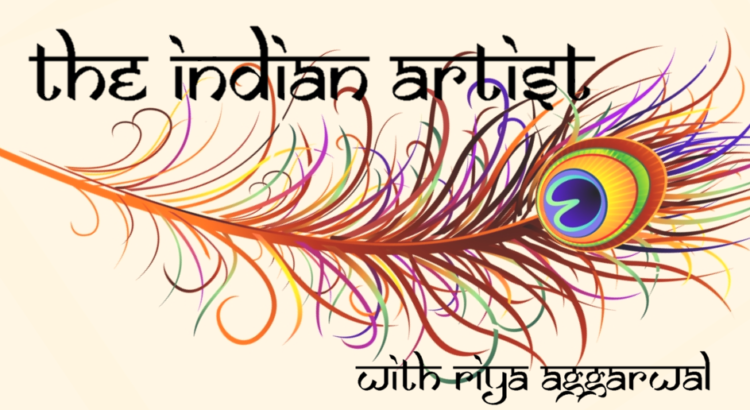Happy Monday everybody! I hope that you are all doing well and had a restful weekend. Last Friday, March 10th I had the incredible opportunity to be a featured artist for the MA:E x Stamps Gallery. This took place in the Rogel Ballroom at the Michigan Union from 6-8 pm and was a wonderful night of art and company.
I was approached by MA:E Magazine to be a featured artist for this event which was in commemoration of AAPI (Asian American Pacific Islander) Heritage Awareness Month. At this gallery I showcased my portfolio as it pertains to my journey of accepting and finding pride within my identity and culture.
Growing up in primarily Caucasian society, and over time, veering away from the strict traditions of my culture, I have found myself torn between following in the footsteps of my ancestors and creating my own path. This is an aspect that I choose to discuss heavily through my art, the culture that I was born with versus the culture that I have grown up amongst, and the difficulties that come with being pulled constantly in different directions. As time has gone on, I have come to find solace in my culture while continuing on my own self-made journey. I have chosen to accept the traditional parts of the Indian lifestyle as another part of the beautiful culture. However, now I choose what I want to be a part of my story.

Through my art I demonstrate this initial internal battle and then my road to pride within my heritage. Starting in 2019 when I created “Modern Brahma” to now, shortly after finishing “The Festival of Colors”, I depict a clear shift in my tone and attitude towards my upbringing and shine a new light on who I am within my culture. From starting off as resentful towards my heritage, which I demonstrate in some aspects of “Modern Dhulan” and “Modern Brahma” to now when I have found pride and my own identity within my culture. I show this is the countenance of “The Festival of Colors” and “Govardhan” which shows a prominent religious scene in Hindu scripture and is a recreation of a wonderful painting by Bijay Biswaal, an incredible Indian artist. “True To My Roots” is a bridging piece, depicting my fight to be true to myself and pull away from anything and anyone trying to hold me back.
For anybody that happened to be at the event, thank you so much for attending. It was a wonderful experience. We had some wonderful speakers share their own experiences as Asian Americans and round out the event in a wholesome and beautiful way.
As always if anything that I discussed in this post stands out, or if any questions arise please feel free to comment and share your thoughts!
Looking forward to next Monday!
~ Riya
Instagram: @riya_aggarwal.art
Personal website: https://theindianartist.weebly.com/





 Next, I sketch or map out the composition. I usually always do this using a pencil regardless of if it is on paper or canvas. I also always tint my canvas with a neutral brown such as burnt sienna if I am doing a painting. This helps create a non-white base on which I can accurately read the tone and hue of my paint.
Next, I sketch or map out the composition. I usually always do this using a pencil regardless of if it is on paper or canvas. I also always tint my canvas with a neutral brown such as burnt sienna if I am doing a painting. This helps create a non-white base on which I can accurately read the tone and hue of my paint.

